Welcome to the 🔥 free edition 🔥 of Winning Strategy: a newsletter focused on enhancing product, process, team, and career performance. This newsletter shares insights gained from real-world experiences that I gathered working at Twitter, Amazon, and now as an Executive Product Coach at one of North America's largest banks. If you’d like to become a paid member, see the benefits here, and feel free to use this expense template to ask your manager.
AI is reshaping every industry, and Agile is no exception.
I was sitting in a meeting last week when a colleague casually mentioned "the AI report" that had been circulating internally.
"What AI report?" I asked.
Here’s what I learned:
Recently, one of the product teams (at the company I’m currently consulting for) conducted a six-month-long experiment.
They explored how AI could transform “their” current product development workflow.
Their findings resulted in a 300-page internal report.
This report outlined the shifts that Agile teams within the company can expect when AI is fully integrated into their processes.
Although I wasn’t directly involved in the project, I’ve had the chance to study their results.
The report identifies several areas where AI is going to completely transform how Agile teams operate, not in some distant future, but right now.
Exclusive for Winning Strategy Readers:
With permission (and after carefully removing confidential information), I've condensed the report into 19 key areas relevant to us.
For anyone working in an Agile environment, these findings will help understand what comes next in your profession.
Ready?
Let’s get started.
If you’re new, here’s what you missed in the last few weeks
Mistakes I Didn't Know I Was Making As a Growing Scrum Master
Product Ops — What Scrum Masters and Product Owners need to know about this role?
#1 Development Speed
Remember when people used to debate if a 2-week sprint was the right cadence?
Guess what? They won’t be doing that anymore.
1. Iterations are shrinking
Data in the report shows that the team naturally gravitated toward one-week sprints. They even experimented with 3-day cycles. User Stories that used to take hours were being completed in minutes.
2. Higher story point completion
The team typically delivered 40 story points per sprint. Now it was suddenly hitting 60... then 70... consistently. Same team size. Same working hours.
3. Dramatic increase in deployment frequency
Where they used to release updates bi-weekly, they were now deploying daily, sometimes multiple times a day. Of course, the team was also equipped with CI/CD pipelines, so it’s not just AI that gets the credit.
4. Reduced time-to-market
Features that once took weeks or even months to move from concept to production were now getting delivered in days.
Quote from the report:
“The nature of the work itself is changing. As AI handles more of the predictable, routine development tasks, team members are finding themselves with more capacity for creative problem-solving and innovation.”
#2 Planning and Estimation
AI is revolutionizing how Agile teams approach planning and estimation.
Here’s what they saw changing:
5. Shorter planning meetings
Sprint planning sessions that used to take hours were now wrapping up in under 30 minutes. AI provided precise recommendations and automated much of the preparation, saving the team a lot of time.
6. Improved estimation accuracy
The variance between estimated and actual effort decreased by over 40%. AI analyzed historical data and team performance habits, making estimates more reliable. Those "this should take 2 days" tasks that ended up taking a week? Those became rare.
7. Dynamic scope adjustment:
Yes, they are still there, and even more so. They asked stakeholders to deliberately disrupt their sprints.
The team began adapting the sprint scope mid-cycle without the usual disruption. AI prediction models forecast potential blockers and delays early. This helped the team adjust, pulling in additional stories when capacity allowed or flagging risks before the progress was derailed.
8. Reduced backlog refinement time
The team spent significantly less time preparing stories for upcoming sprints. AI helped by automatically refining backlog items, prioritizing them, and even suggesting detailed acceptance criteria
Note: Refined items were not always accurate.
In one instance, the AI incorrectly calculated the impact of a dependency on some items. This led to an overcommitment during the sprint, forcing the team to rework in the middle of the cycle.
Scrum Masters and Product Owners still needed to validate AI refinements to ensure they aligned with reality.
#3 Team Structure and Collaboration
AI is reshaping how Agile teams are structured and how they collaborate.
Here’s how:
9. Emergence of new roles
Remember when we thought "DevOps Engineer" was a revolutionary addition to Scrum teams? Now we're seeing "AI Operations Specialist" and "AI Integration Engineer" appearing on the team.
Guess who the team assigned the "AI Operations Specialist" role?
The Scrum Master!
From training the team on AI tools to validating process suggestions and facilitating the validation of the output (estimates, acceptance criteria, etc.) produced by AI, the Scrum Master emerged as a more involved role within the team.
10. Changed meeting patterns
Daily stand-ups also transformed for the team. They became more data-driven and focused on exceptions rather than routine updates.
AI monitored code repositories, production metrics, and team activities, proactively flagging issues and progress. The team eliminated status updates entirely, using their 15 minutes only to discuss AI-detected risks.
This required further scrutiny by the Scrum Master.
11. Increased cross-functional capability
With AI managing technical tasks, team members were able to collaborate more across disciplines. Developers, designers, and analysts were increasingly stepping into each other’s roles, creating a more dynamic team.
Side note in the report:
These changes weren’t forced from above. They emerged organically as the team adapted to their new AI capabilities.
I think this is a good sign!
Got an urgent question?
Get a quick answer by joining the subscriber chat below.
#4 Quality and Technical Practices
There's a page in the report that made me pause a little.
It showed a before-and-after comparison of the team's bug detection patterns.
Here’s what it highlighted:
12. Bugs aren't making it to QA anymore
Remember when we celebrated finding bugs in QA because "at least they didn't reach production"?
Most bugs were now identified during development. Code doesn't leave the developer's environment until the AI has thoroughly analyzed it for potential issues.
13. Changes in code review
Code reviews have become more strategic.
With AI handling style and syntax enforcement, as well as basic logic checks, developers were now focused on higher-level architectural decisions and long-term implications during reviews.
14. Expanded test coverage
AI made achieving 90% + code coverage a reality for the team.
AI-generated test cases, maintained them as code evolved, and prioritized testing efforts based on risk analysis.
15. Proactive attention to technical debt
Perhaps most surprisingly, AI changed how the team addressed technical debt. Rather than accumulated debt becoming visible only when it caused problems, AI flagged potential debt before it accumulated, identifying patterns that lead to maintenance issues.
For Scrum Masters:
This transformation of technical practices means you'll need to develop enough technical awareness to facilitate conversations about these AI driven Agile processes.
You don't need to become an expert in machine learning, but understanding how these tools are changing development workflows will help you better support your teams through this transition.
#5 Knowledge Management
AI is revolutionizing knowledge management, making teams more efficient in how they handle and share information.
16. Reduced onboarding time
New team members who were onboarded became productive in days, not weeks. AI provided curated, role-specific resources and automated guidance, helping the newcomers get up to speed quickly.
17. Less dependence on specific team members
Knowledge was now distributed more evenly across the team.
AI captured and documented information (with supervision). This minimized the risk of knowledge silos and ensured continuity even when key contributors were unavailable (they were made unavailable as part of the experiment).
18. Improved institutional knowledge retention
Critical information remained accessible despite team turnover.
AI automatically stored and organized institutional knowledge, enabling the team to retain valuable insights and prevent the loss of expertise.
19. More consistent best practices
AI ensured that the team adhered to agreed-upon standards without constant reminders. Automated checks and nudges (not from the Scrum Master) helped in promoting best practices, creating a more disciplined and predictable workflow.
Notable moment:
During a recent code review, a development team member from the same team identified and fixed a long-standing architectural issue. When asked how, he said: "AI provided similar patterns from our codebase history and explained why they were problematic."
We're not just managing knowledge better, we're changing how teams learn, grow, and preserve their collective wisdom.
Here's my take on the report
These are just a few insights from the report that I had permission to share.
Over time, I will share more insights along with specific skills required to adjust to this new AI environment.
Coming back to the report. It's important to note that:
The team that conducted the experiment had the freedom to experiment, fail, and adapt. They were empowered to make necessary changes without bureaucratic roadblocks. Not every team has this luxury.
Some teams may see dramatic improvements in certain areas while making only minor changes in others. That's normal. Every team, project, and organization is unique.
However...
There's one thing that's absolutely clear: AI is going to reshape the entire landscape of software development.
Whether you face these changes now or in the next few years, the question is how you and your team will adapt to them.
There’s an excellent quote in the report that says:
The teams that will thrive won't be the ones with the best AI tools. They'll be the ones who best understand how to evolve their work and practices around these new capabilities contributing to the business outcomes.
That's the real insight here.
It's about reimagining how you work in an AI-enhanced world.
Show your support
Every post on Winning Strategy takes 3 days of research and 1 full day of writing. You can show your support with small gestures.
Liked this post? Make sure to 💙 click the like button.
Feedback or addition? Make sure to 💬 comment.
Know someone who would find this helpful? Make sure to recommend it.
I strongly recommend that you download and use the Substack app. This will allow you to access our community chat, where you can get your questions answered and your doubts cleared promptly.
Further Reading
Connect With Me
Winning Strategy provides insights from my experiences at Twitter, Amazon, and my current role as an Executive Product Coach at one of North America's largest banks.


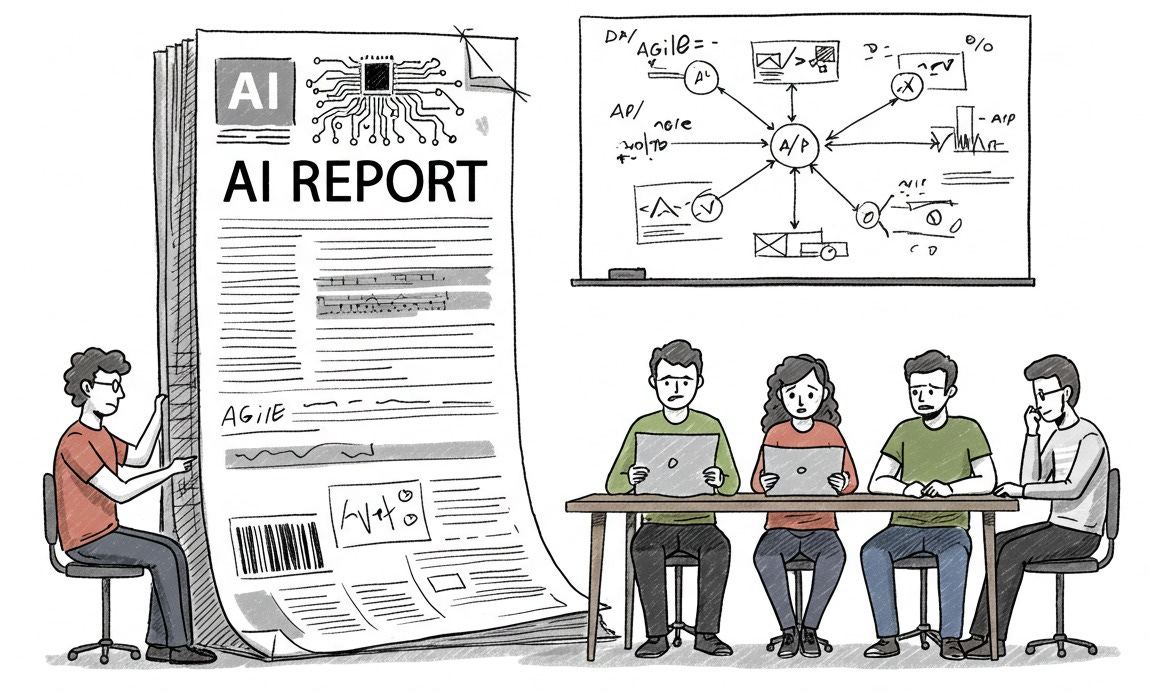
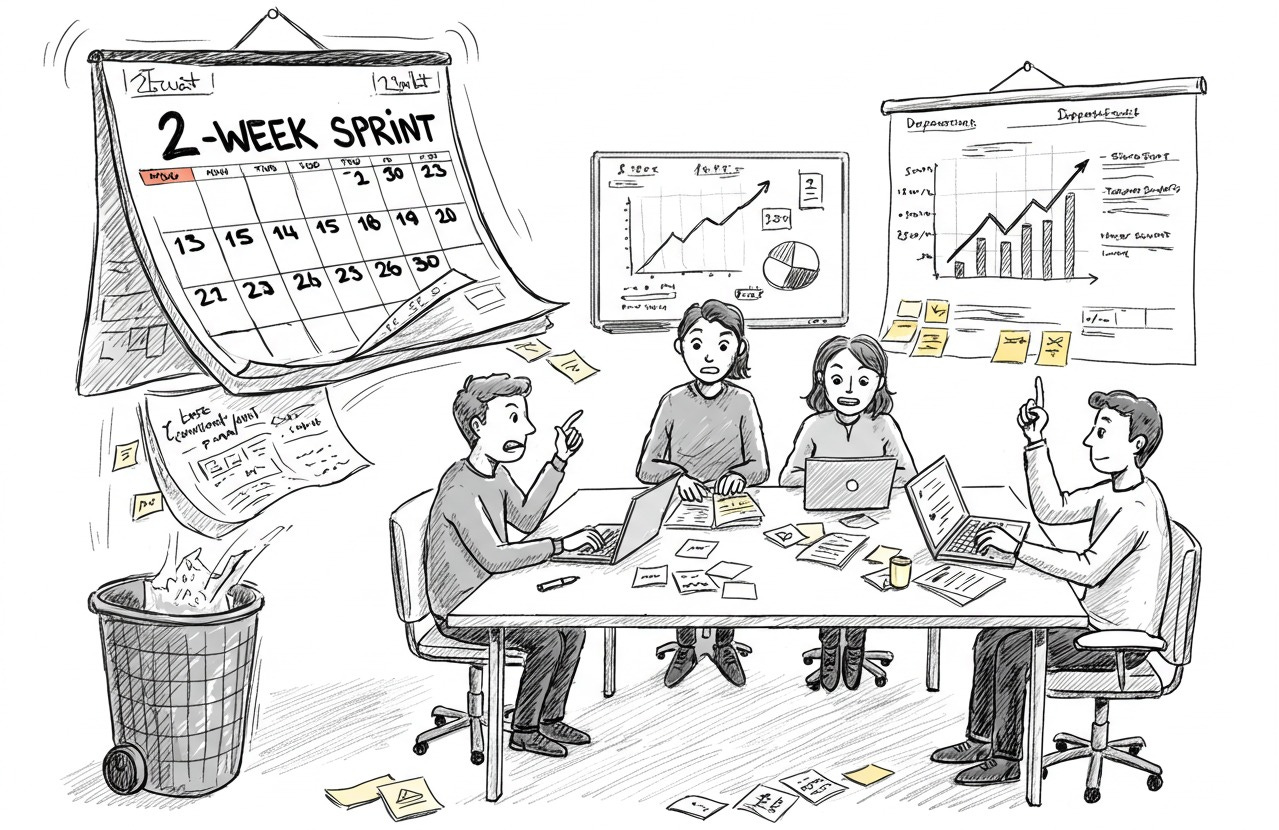

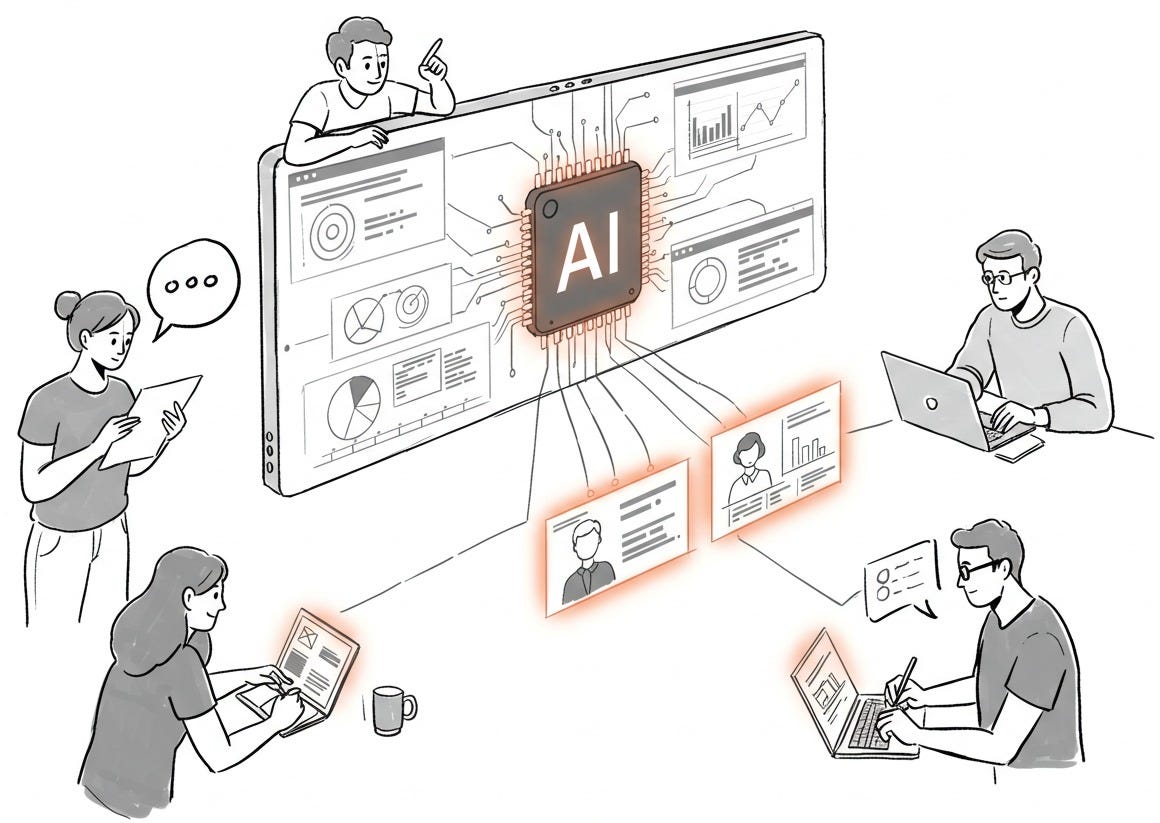

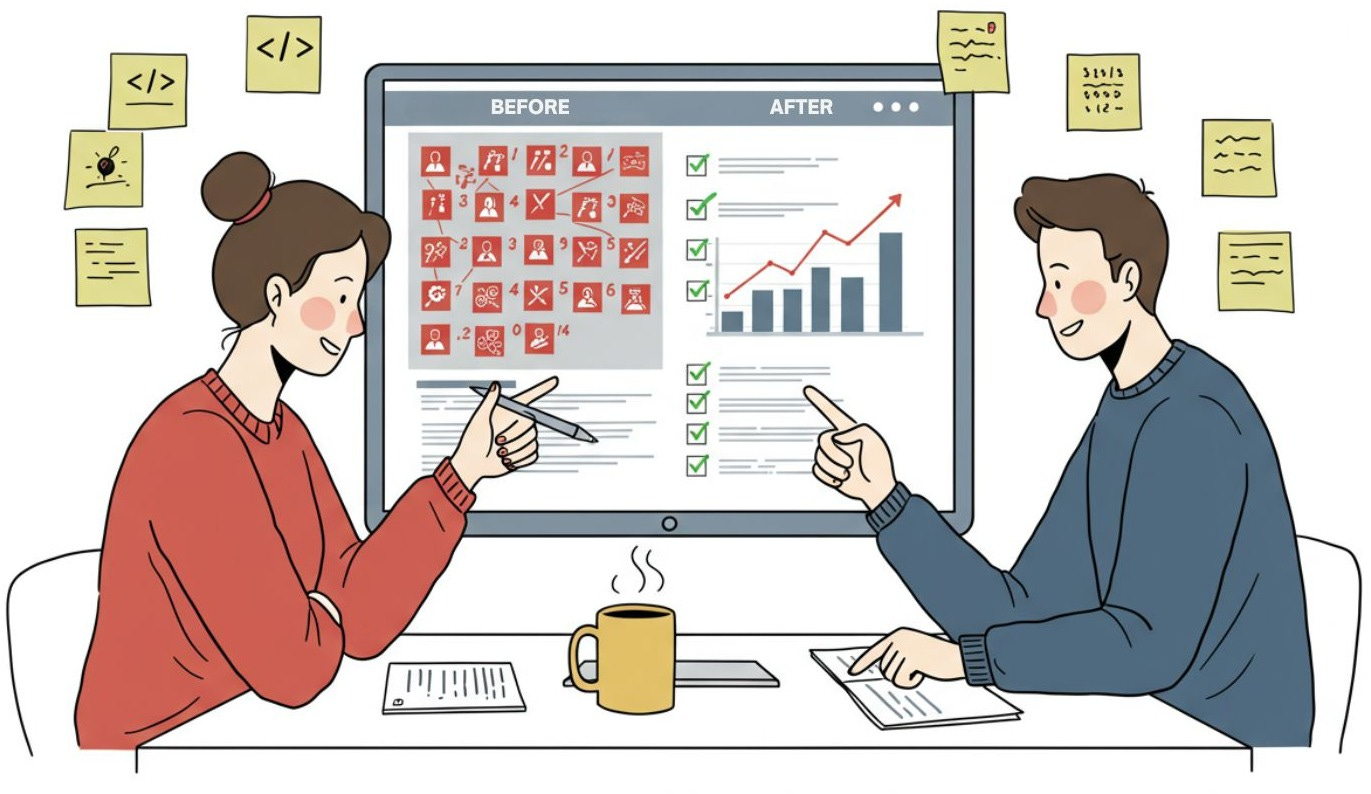
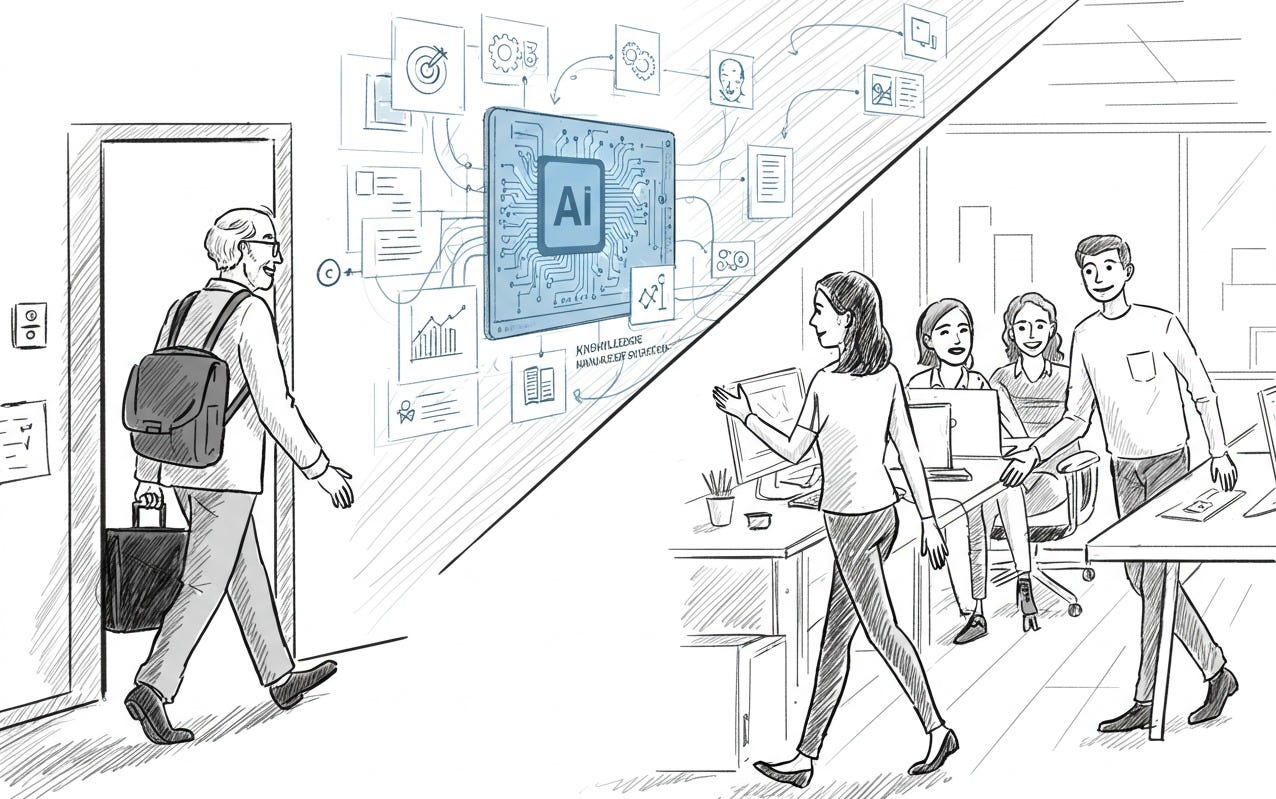


Wow senior coach this is really good and mind blowing but what comes to mind is how can this be applied or practice in my environment, where do I start with the AI 🤖 knowledge and building since I really agree scrum master will have advance more roles to play in this advancement?